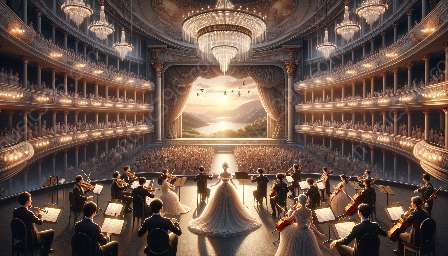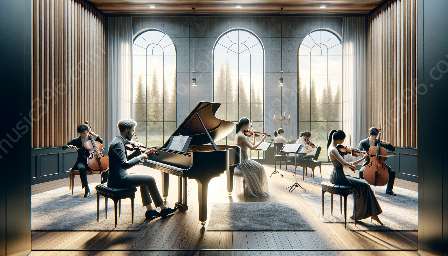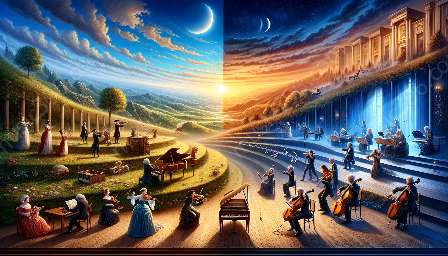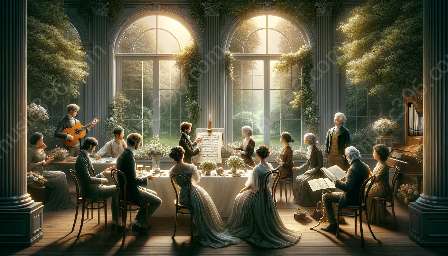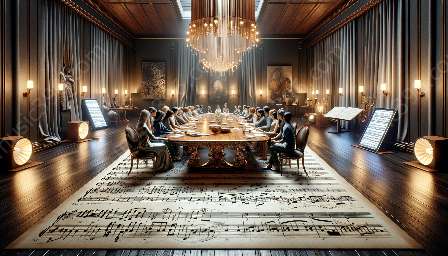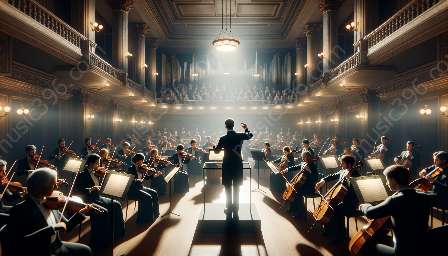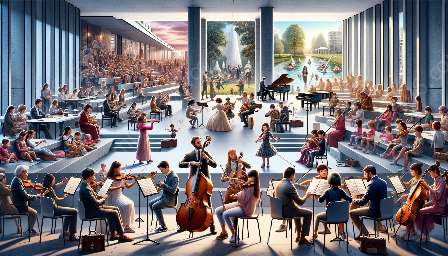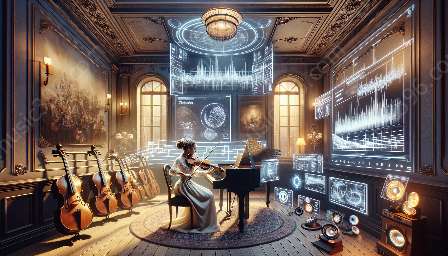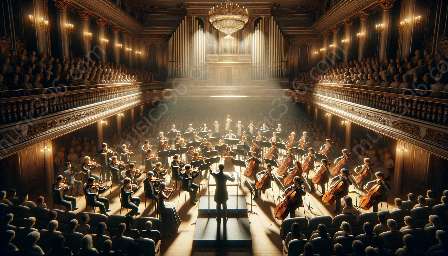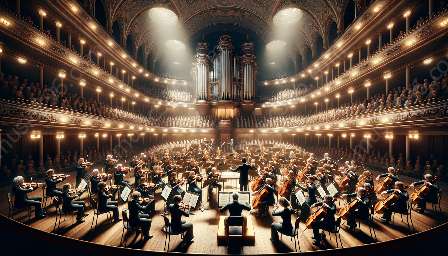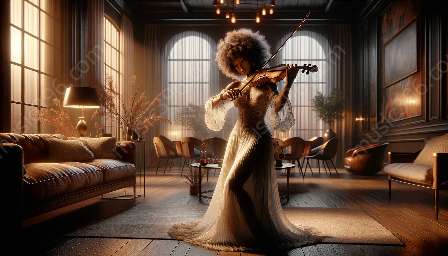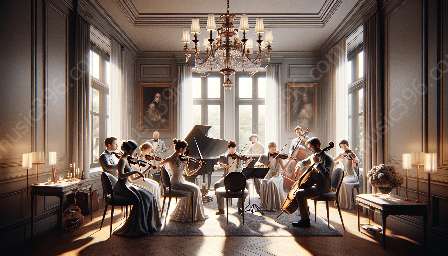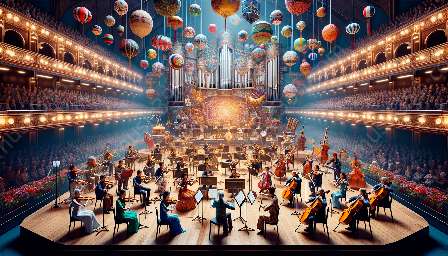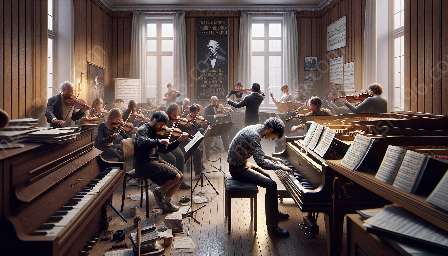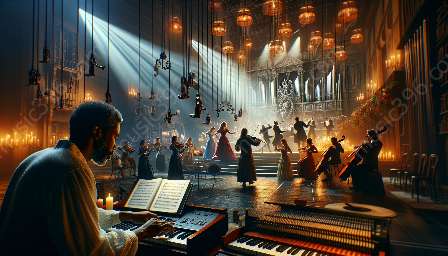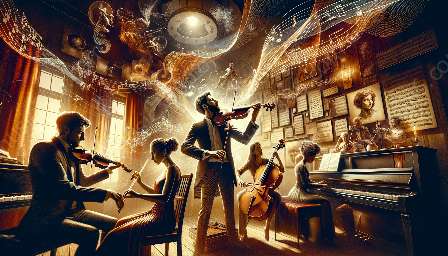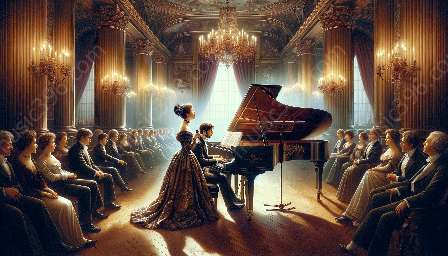Classical music encompasses a wide range of musical periods, each characterized by distinct styles, techniques, and skills. From the Renaissance to the Baroque, Classical, Romantic, and Modern eras, the evolution of classical music has shaped the way we appreciate and perform these timeless compositions. Let's explore the historical and stylistic significance of each musical period in classical music, understanding the skills and techniques that define them.
Renaissance Period (c. 1400 – c. 1600)
The Renaissance period was a time of cultural and artistic rebirth, where a focus on humanism and artistic innovation led to the development of polyphony and sacred vocal music. Composers such as Josquin des Prez and Giovanni Pierluigi da Palestrina contributed to the rich tapestry of Renaissance music, employing modal harmonies and contrapuntal techniques that defined the period's musical style.
Skills and Techniques:
- Use of modal scales and harmonies
- Contrapuntal writing and imitative polyphony
- Emphasis on vocal music, including motets and choral compositions
Baroque Period (c. 1600 – c. 1750)
The Baroque period was characterized by ornate and elaborate compositions, marked by the emergence of opera, instrumental music, and the development of tonality. Prominent composers such as Johann Sebastian Bach, George Frideric Handel, and Antonio Vivaldi epitomized the Baroque style, crafting intricate fugues, concertos, and oratorios that showcased the technical prowess of both performers and composers.
Skills and Techniques:
- Elaborate ornamentation and embellishments
- Development of tonal harmony and functional chord progressions
- Use of basso continuo and figured bass in instrumental music
Classical Period (c. 1750 – c. 1820)
The Classical period represented a shift towards simplicity, clarity, and balanced structures, as exemplified by the works of Wolfgang Amadeus Mozart, Joseph Haydn, and Ludwig van Beethoven. Symphonies, sonatas, and string quartets became the hallmark of Classical compositions, characterized by elegant melodies and refined forms.
Skills and Techniques:
- Clear, homophonic textures with balanced phrases
- Sonata form and the development of thematic material
- Emphasis on instrumental music and the rise of the symphony
Romantic Period (c. 1820 – c. 1900)
The Romantic period ushered in an era of expressive and emotionally charged music, where composers sought to evoke deep feelings and individualism through their works. Reflecting the societal and artistic upheavals of the time, composers such as Franz Schubert, Johannes Brahms, and Pyotr Ilyich Tchaikovsky crafted symphonies, piano works, and operas that embodied passion, virtuosity, and dramatic storytelling.
Skills and Techniques:
- Expanded harmonic language and chromaticism
- Exploration of programmatic and narrative elements in music
- Emphasis on expressive and virtuosic performance
Modern Period (c. 1900 – present)
The Modern period saw a departure from traditional tonality and form, giving rise to avant-garde, experimental, and eclectic musical expressions. Composers such as Igor Stravinsky, Arnold Schoenberg, and Claude Debussy revolutionized the concept of harmony, rhythm, and musical structure, leading to diverse and innovative compositions that challenged conventional norms.
Skills and Techniques:
- Atonality and serialism as new harmonic languages
- Exploration of unconventional rhythms and timbres
- Incorporation of electronic and aleatoric elements in compositions
Understanding the historical evolution of musical periods in classical music provides valuable insights into the diversity and richness of the genre. By mastering the skills and techniques associated with each period, musicians can appreciate and interpret classical compositions with depth and authenticity, enriching their classical music skills and techniques.

